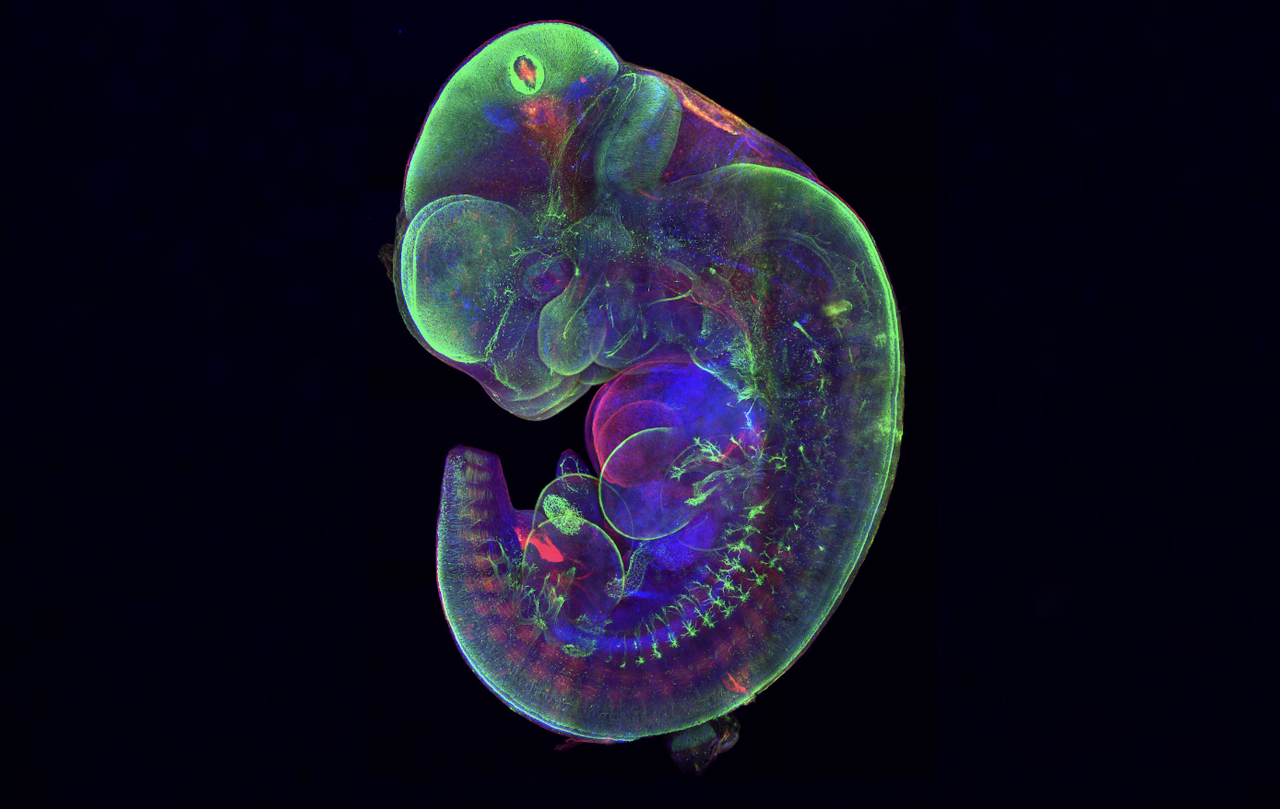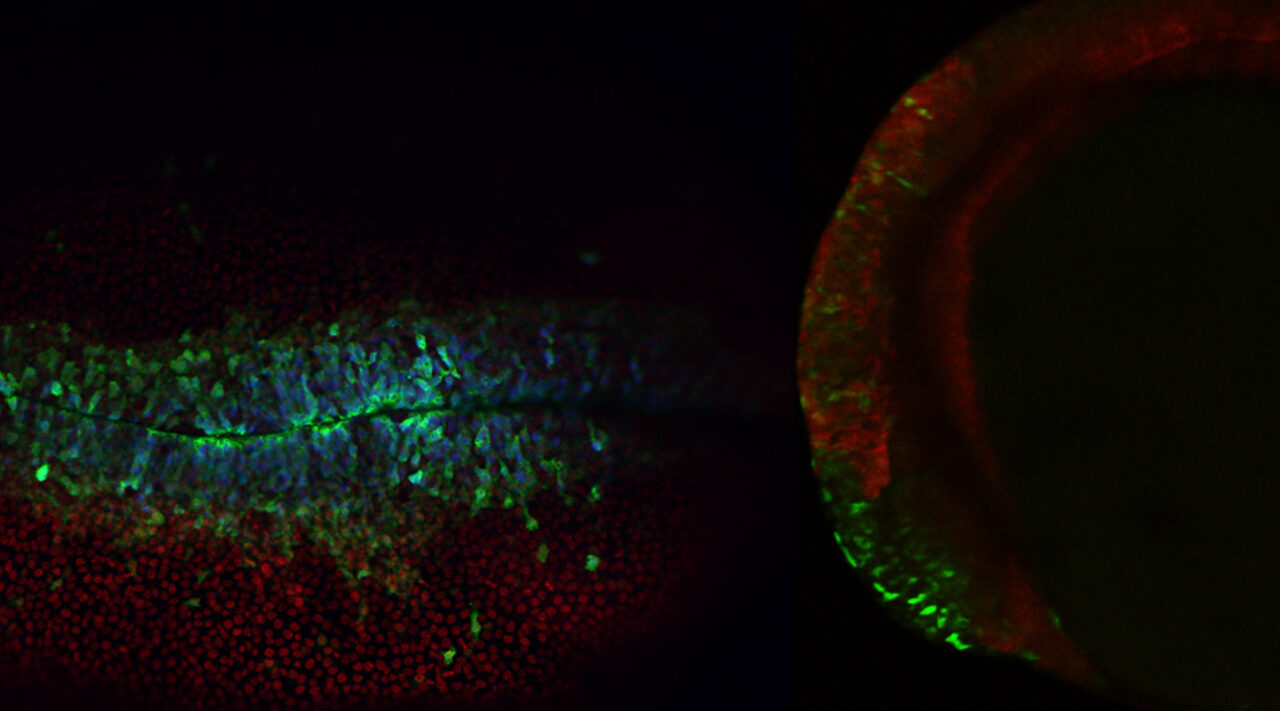News

11 September 2024
Confronting congenital conditions for hope
The importance of foundational research for understanding and potentially addressing congenital conditions
Read Article
Our focus is on decoding the gene regulatory networks involved in cell function of the neural crest, heart, and nervous system to uncover the mechanisms underpinning inflammation and regeneration and how they have evolved.
Jump to:
Publications
Research Summary
Development and Regeneration, Genetics and Genomics, Evolutionary Biology, Molecular and Cell Biology, Systems Biology
Zebrafish, Chicks, Sea lamprey
The Sauka-Spengler Lab develops and applies novel methods and technologies to study the molecular interactions that determine cell function in the neural crest, nervous system, and heart. The lab focuses on decoding gene regulatory networks involved in development, regeneration, disease, and evolution.
The lab investigates the gene regulatory circuitry involved in early steps of neural crest formation, the mechanisms and molecules that control the potential fate of neural crest cells, and the regenerative capacity of these cells in chicks, zebrafish, and sea lamprey.
The Sauka-Spengler Lab analyzes additional gene regulatory networks responsible for regulation of the neural crest, blood-forming cells, and other processes such as injury- and cancer-induced inflammation and organ regeneration.
The lab also researches how species-specific features have emerged during evolution and which mechanistic changes in gene regulatory programs of invertebrates led to this evolution. They employ comparative studies across animal species, using systems-level approaches to align gene regulatory circuitries obtained at single-cell resolution and computational, statistical, and AI-based methods to integrate the data.
Principal Investigator
Investigator
Stowers Institute for Medical Research
Tatjana Sauka-Spengler, Ph.D., a physicist and developmental geneticist, is a Professor of developmental genomics and gene regulation at the University of Oxford. She joined the Stowers Institute as an Investigator in 2022.

Tatjana Sauka-Spengler, Ph.D., a physicist and developmental geneticist, is a Professor of developmental genomics and gene regulation at the University of Oxford. She joined the Stowers Institute as an Investigator in 2022.

A primary research focus of the Sauka-Spengler Lab is on neural crest development in chick, zebrafish, and sea lamprey research organisms. In chicks, the lab investigates chromatin dynamics and architecture during early neural crest cell development along with the gene regulatory network involved in Hirschsprung Disease.
For Tatjana Sauka-Spengler, moving her lab to Stowers means being able to ask questions that she has never been able to. Listen as she explains more.
News

11 September 2024
The importance of foundational research for understanding and potentially addressing congenital conditions
Read Article
News

22 September 2023
Five postdoctoral researchers from four labs received prestigious awards to enhance their research and training.
Read Article
News
24 January 2024
The sea lamprey is a valuable research organism for exploring evolution
Read Article
Multi-layered transcriptional control of cranial neural crest development
Candido-Ferreira IL, Lukoseviciute M, Sauka-Spengler T. Semin Cell Dev Biol. 2022;S1084-9521:00239-7.
Cellular plasticity in the neural crest and cancer
Hu Z, Sauka-Spengler T. Curr Opin Genet Dev. 2022;75:101928.
Rapid and efficient enhancer cloning and in vivo screening using the developing chick embryo
Williams RM, Sauka-Spengler T. STAR Protoc. 2021;2:100507.
The Cranial Neural Crest in a Multiomics Era
Chong-Morrison V, Sauka-Spengler T. Front Physiol. 2021;12:634440.
Ling ITC, Sauka-Spengler T. Nat Cell Biol. 2019;21:1504-1517.
Reconstruction of the Global Neural Crest Gene Regulatory Network In Vivo
Williams RM, Candido-Ferreira I, Repapi E, Gavriouchkina D, Senanayake U, Ling ITC, Telenius J, Taylor S, Hughes J, Sauka-Spengler T. Dev Cell. 2019;51:255-276.e7.
